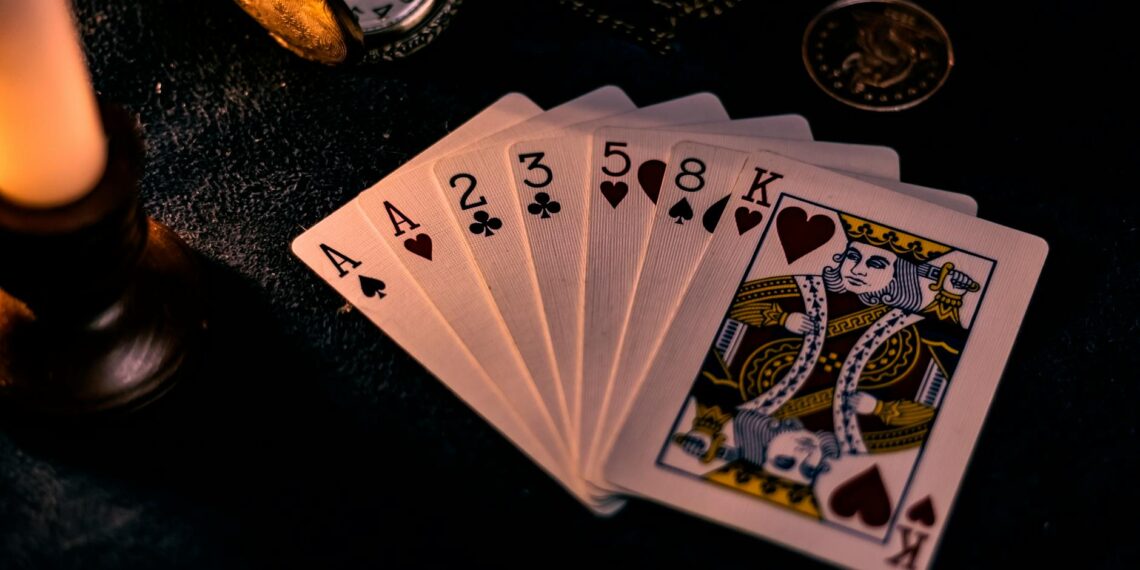In numismatics (coin collecting), an uncirculated coin refers to a coin that has never been used in everyday commerce or transactions . This means it has not been handled or exchanged as money, and consequently, it shows no signs of wear . It remains in “mint state” condition, representing its original appearance as it left the mint.
Here are the key characteristics of uncirculated coins:
- Pristine Condition: They are free from the wear and tear associated with coins that have been used in daily transactions.
- Original Mint Luster: Uncirculated coins retain their original brightness and shine, often exhibiting a distinctive sheen known as the “cartwheel effect” when tilted under a light source.
- Sharp Design Details: The fine details of the coin’s design are preserved and clearly visible, unlike the dulled details of circulated coins.
- Absence of Circulation Wear: The most crucial element, they lack any rubbing or abrasion that comes from being handled and exchanged in circulation.
While uncirculated coins should not show wear from circulation, they can still have minor imperfections like nicks or scratches that occur during the minting or bagging process. Expert numismatists can distinguish these “contact marks” from circulation wear.
You can look for a coin’s luster by tilting it under a single light source and moving it from side to side and top to bottom. The luster produces a “cartwheel effect”, where the light dances around on the coin’s surface as it moves. If this is absent, the coin is likely circulated.
It’s important to distinguish uncirculated coins from other terms often used in coin collecting:
- Circulated Coins: Coins that have been used as money and show signs of wear and tear.
- Proof Coins: These are coins made specifically for collectors using a special minting process that involves multiple strikes with polished dies, creating a mirror-like finish and exquisite detail. They are generally more expensive and sought after for their superior aesthetics.
- Bullion Coins: Coins whose value is primarily based on their precious metal content (gold, silver, etc.) rather than their numismatic (collector) value. While many bullion coins are uncirculated when sold, their primary purpose is as a store of value.
In essence, uncirculated coins are prized by collectors and investors for their historical significance, pristine condition, and potential for value appreciation. They represent a snapshot of the coin as it appeared when first minted, making them valuable pieces of history and potential investments.









Is an uncirculated coin worth anything?
Great question! An uncirculated coin will also appreciate over time, exceeding its face value and making it a coveted piece of any coin collection, unlike a heavily circulated coin.
What is special about uncirculated coins?
Circulated coins may be cheaper, but they are likely not in mint condition and have lost some value over time. Uncirculated coins are more valuable since they retain their original condition. While they cost more, their condition means they will likely retain or increase in value.
What do I do with uncirculated coins?
Good point! These coins have never been in circulation and are struck with a pristine finish making them perfect for display or gifts.